For the first time, the federal government and the wind industry have set concrete goals to diversify permanent magnet suppliers and strengthen energy security in the face of geopolitical tensions.


For the first time, the federal government and the wind industry have set concrete goals to diversify permanent magnet suppliers and strengthen energy security in the face of geopolitical tensions.

Norges Bank Investment Management acquires a 49% equity stake in RWE’s 1.6-gigawatt Nordseecluster and 1.1-gigawatt Thor offshore wind projects – construction progressing as planned. Once fully commissioned, wind farms will produce enough electricity to supply a total of more than 2.6 million households in Germany and Denmark
RWE leads construction and operations on behalf of the partners

With applications open until 27 August at 5pm, Allocation Round 7 and 7A mark a critical step in the UK’s strategy to scale up renewable energy, reduce reliance on fossil fuels, and achieve clean power targets by 2030.
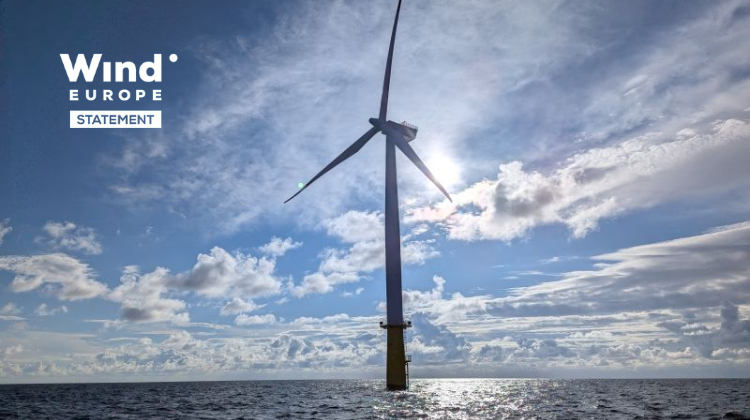
Germany has announced the results of its second offshore wind auction in 2025. Two offshore wind sites in the North Sea with a total capacity of 2.5 GW were on offer. But the auction failed: not a single offshore wind project bid in. That’s a clear signal from the industry: Germany’s offshore wind auction design is not fit for purpose.

With no participants in the latest tender for key North Sea sites, the BWO warns of serious investment barriers and urges urgent changes to ensure future project viability.

Consent and marine licences granted for Berwick Bank wind farm.

Headquartered in London with a 13 GW global portfolio, the new joint venture between bp and JERA will combine Eastern and Western capabilities to lead offshore wind development across Asia, Europe, and Japan.

Germany is moving forward with a Hydrogen Acceleration Act to digitalise, streamline and prioritise key infrastructure, production and import projects, driving decarbonisation in hard-to-electrify sectors without compromising water access.

Iberdrola Group operates its second major offshore wind project in the Baltic: Baltic Eagle. Located 30 kilometres to the northeast of Rügen island off the coast of Pomerania (Germany), this new 476 megawatt (MW) installation supply renewable energy to 475,000 households.

The ScotWind round advances significantly, reaching 32.3 GW, boosted by recent approvals like the 2 GW West of Orkney Windfarm, operational milestones, and a robust 43.5 GW pipeline reinforcing Scotland’s global offshore wind leadership.

The government is providing over €700 million in subsidies to companies that will produce sustainable hydrogen in the Netherlands.
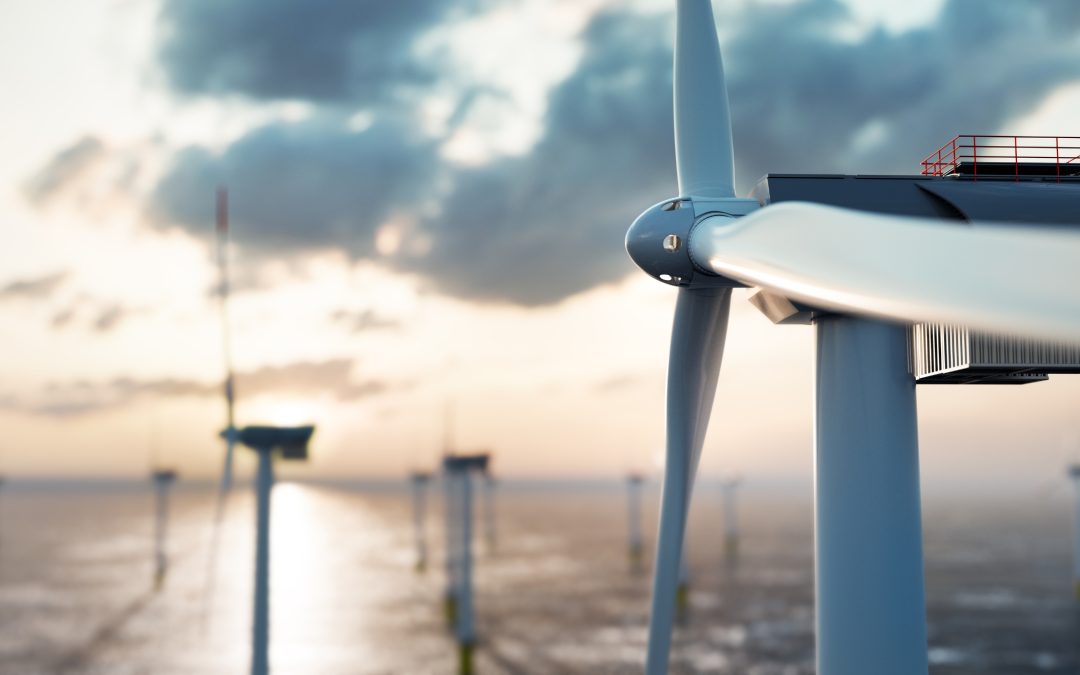
The share of electricity demand met by Irish wind farms in June, at 30 per cent, was up slightly when compared to June 2024 and it was also a record month for Irish solar farms.The monthly report also shows that the demand for electricity during June increased marginally from 3,019 gigawatt-hours (GWh) to 3,151 GWh in the same month last year.

Once fully operational in 2027, Hornsea 3 will generate 2.9 GW of clean electricity, sufficient to power more than 3 million homes in the UK.

The project includes a wind turbine, a 5 MW electrolyser, and a hydrogen refuelling station. Its success supports other green hydrogen initiatives in Spain.

According to new data from the Federal Network Agency, Germany has reached half of its 215 GW solar capacity goal set for 2030. However, the German Solar Industry Association warns that the energy transition is at risk unless investment conditions and storage development accelerate.

FES will bring together hundreds of renewable energy leaders in Lima, Bogotá, and Santiago to analyze opportunities for the energy transition and explore synergies and new business opportunities through exclusive networking spaces. Additionally, FES will host a webinar on the future of green energy in Brazil. Discover all the details!

From colour selection to grid connection, the German club reveals the technical and symbolic details of its solar system atop the Millerntor Stadium. “We deliberately prioritised symbolic power and inclusivity over maximum output – and thanks to innovative technology, the efficiency remains impressively high,” explains Esin Rager of FC St. Pauli.

The Chinese manufacturer has unveiled its new line of N-type modules with 24.1% efficiency, designed to endure temperatures below -30 °C, category 18 winds, and high UV irradiation, with applications already operating at altitudes above 4,000 meters.

The Department for Energy Security and Net Zero has released its roadmap to reach between 45 and 47 GW of installed solar capacity by 2030. The strategy emphasizes rapid deployment, local industrial development, and community participation in the energy transition.

The Bundesnetzagentur has opened a new call for onshore wind power projects with a total volume of 3,441 MW. Bids can be submitted until August 1, 2025, when the auction results will be officially announced.

The UK’s Climate Change Committee (CCC) warned in its 2025 report that the country has lost momentum in its energy transition. It denounces the freezing of wind energy projects, the lack of planning for grid and storage infrastructure, and the total absence of clear signals to attract private investment. “There is no coherent strategy to deploy new capacity,” the body warns.

For the first time, the federal government and the wind industry have set concrete goals to diversify permanent magnet suppliers and strengthen energy security in the face of geopolitical tensions.

Norges Bank Investment Management acquires a 49% equity stake in RWE’s 1.6-gigawatt Nordseecluster and 1.1-gigawatt Thor offshore wind projects – construction progressing as planned. Once fully commissioned, wind farms will produce enough electricity to supply a total of more than 2.6 million households in Germany and Denmark
RWE leads construction and operations on behalf of the partners

With applications open until 27 August at 5pm, Allocation Round 7 and 7A mark a critical step in the UK’s strategy to scale up renewable energy, reduce reliance on fossil fuels, and achieve clean power targets by 2030.

Germany has announced the results of its second offshore wind auction in 2025. Two offshore wind sites in the North Sea with a total capacity of 2.5 GW were on offer. But the auction failed: not a single offshore wind project bid in. That’s a clear signal from the industry: Germany’s offshore wind auction design is not fit for purpose.

With no participants in the latest tender for key North Sea sites, the BWO warns of serious investment barriers and urges urgent changes to ensure future project viability.

Consent and marine licences granted for Berwick Bank wind farm.

Headquartered in London with a 13 GW global portfolio, the new joint venture between bp and JERA will combine Eastern and Western capabilities to lead offshore wind development across Asia, Europe, and Japan.

Germany is moving forward with a Hydrogen Acceleration Act to digitalise, streamline and prioritise key infrastructure, production and import projects, driving decarbonisation in hard-to-electrify sectors without compromising water access.

Iberdrola Group operates its second major offshore wind project in the Baltic: Baltic Eagle. Located 30 kilometres to the northeast of Rügen island off the coast of Pomerania (Germany), this new 476 megawatt (MW) installation supply renewable energy to 475,000 households.

The ScotWind round advances significantly, reaching 32.3 GW, boosted by recent approvals like the 2 GW West of Orkney Windfarm, operational milestones, and a robust 43.5 GW pipeline reinforcing Scotland’s global offshore wind leadership.

The government is providing over €700 million in subsidies to companies that will produce sustainable hydrogen in the Netherlands.

The share of electricity demand met by Irish wind farms in June, at 30 per cent, was up slightly when compared to June 2024 and it was also a record month for Irish solar farms.The monthly report also shows that the demand for electricity during June increased marginally from 3,019 gigawatt-hours (GWh) to 3,151 GWh in the same month last year.

Once fully operational in 2027, Hornsea 3 will generate 2.9 GW of clean electricity, sufficient to power more than 3 million homes in the UK.

The project includes a wind turbine, a 5 MW electrolyser, and a hydrogen refuelling station. Its success supports other green hydrogen initiatives in Spain.

According to new data from the Federal Network Agency, Germany has reached half of its 215 GW solar capacity goal set for 2030. However, the German Solar Industry Association warns that the energy transition is at risk unless investment conditions and storage development accelerate.

FES will bring together hundreds of renewable energy leaders in Lima, Bogotá, and Santiago to analyze opportunities for the energy transition and explore synergies and new business opportunities through exclusive networking spaces. Additionally, FES will host a webinar on the future of green energy in Brazil. Discover all the details!

From colour selection to grid connection, the German club reveals the technical and symbolic details of its solar system atop the Millerntor Stadium. “We deliberately prioritised symbolic power and inclusivity over maximum output – and thanks to innovative technology, the efficiency remains impressively high,” explains Esin Rager of FC St. Pauli.

The Chinese manufacturer has unveiled its new line of N-type modules with 24.1% efficiency, designed to endure temperatures below -30 °C, category 18 winds, and high UV irradiation, with applications already operating at altitudes above 4,000 meters.

The Department for Energy Security and Net Zero has released its roadmap to reach between 45 and 47 GW of installed solar capacity by 2030. The strategy emphasizes rapid deployment, local industrial development, and community participation in the energy transition.

The Bundesnetzagentur has opened a new call for onshore wind power projects with a total volume of 3,441 MW. Bids can be submitted until August 1, 2025, when the auction results will be officially announced.

The UK’s Climate Change Committee (CCC) warned in its 2025 report that the country has lost momentum in its energy transition. It denounces the freezing of wind energy projects, the lack of planning for grid and storage infrastructure, and the total absence of clear signals to attract private investment. “There is no coherent strategy to deploy new capacity,” the body warns.
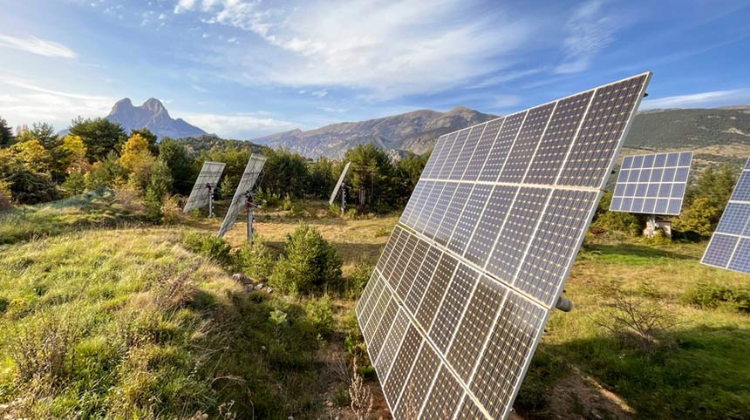
The new framework introduces clear rules for batteries, energy communities and renewables, simplifies procedures and recognizes the overriding public interest of energy infrastructure.
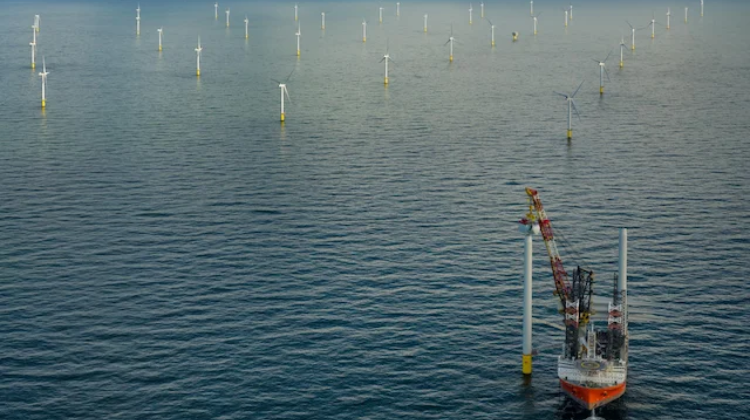
The tender for a new 1 GW offshore wind farm in the North Sea closed without a single bid, marking a setback for the Netherlands’ energy policy. Rising costs and lower-than-expected electricity demand deterred investors, prompting the government to reconsider its strategy: subsidies are now expected to be reintroduced in future auctions to secure the development of the offshore wind sector.
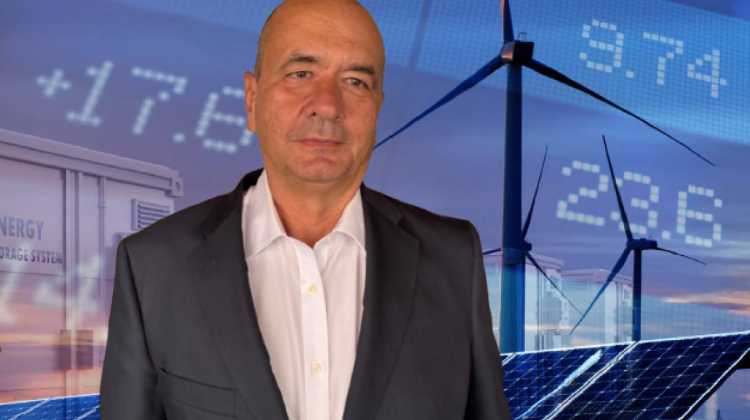
In an interview with Strategic Energy Europe, Antonio Delgado Rigal, CEO of AleaSoft, explains how current market dynamics are forcing renewable business models to be redefined, seeking profitability through hybridisation, PPAs with floor prices, and smart risk management.






